We got up bright and early to take the train to Pompeii Scavi for our first visit to the town which disappeared after the Mount Vesuvius eruption in 79 AD. We had a small hiccup prior to leaving home - Garth's new phone spat the dummy and was completely dead. After a bit of fiddling, it eventually resurrected itself, but it caused Garth some heartache!! Not the time to lose all your contacts, emails, guidebooks, . . .
We caught the Circumvesuviana train to Pompei Scavi (ruins)
. It was a very old local train that stopped at many stations, disgorging students and workers plus the odd tourist or two. Pompeii was a prosperous city of more than 20,000 people in AD79 when Mount Vesuvius erupted without warning, burying Pompeii and other towns in up to 16 metres of lava, rock and ash. Most of the residents fled in the nick of time, but about 2,000 stayed behind to protect their livelihood, and these were all killed. Pompeii was rediscovered in the 16th Century, but excavation did not start until 1748. Imagine what it must have been like to find a complete city under the lava!
When you arrive at Pompeii, the first key feature to look at is the Roman Forum which dates from the 2nd century BC. The forum was the city's main square, surrounded on all sides by religious, political and business buildings. Alongside the forum is the Basillica, which was the building for the administration of justice. It also dates from the 2nd C BC.
From the Forum, we rushed over to the tiny Brothel (to beat the hoards crowding into each small building) with its fabulously suggestive mosaics advertising the types of business service provided
. The service rooms were like little cells with stone beds (hopefully they had a soft mattress on top of them else there would have been some pretty sore knees afterwards). Then we visited the Great theatre which held up to 5,000 spectators, with lower seats covered with marble for important people. Then onto the Public Baths, which had a series of rooms for warming up, exercise, tepid wash, steam bath etc etc.
We also visited a couple of very large, expensive houses, such as the House of the Faun and the House of the Tragic Poet - these houses each covered an entire block, with many small rooms, courtyards, wells, mosaics and paintings.
There are some very sobering plaster casts of bodies that were buried under the lava. As the bodies decomposed in the lava, they left hollow spaces conforming to the shape of their bodies. Archaeologists filled these gaps with plaster, creating plaster casts of the original bodies. There is something quite disturbing about looking at casts of people in their death throes!
At various places, there are archways that capture a perfect view of the twin peaks of Mount Vesuvius - showing the bit in the middle of the two peaks that exploded when it erupted, covering Pompeii. It is quite sobering to see all the houses that are now built up the side of the volcano, obviously by people who are not very concerned about a sudden eruption. It has been estimated that 2.5m people will have to be evacuated if (when?) the volcano erupts again.
Pompeii
Tuesday, October 07, 2014
 Sorrento, Campania, Italy
Sorrento, Campania, Italy
Other Entries
-
13Fiesole
Sep 1522 days prior Florence, Italyphoto_camera18videocam 2comment 0
Florence, Italyphoto_camera18videocam 2comment 0 -
14Greve in Chianti
Sep 1621 days prior Florence, Italyphoto_camera5videocam 0comment 0
Florence, Italyphoto_camera5videocam 0comment 0 -
15Fort Belvedere
Sep 1720 days prior Florence, Italyphoto_camera25videocam 0comment 0
Florence, Italyphoto_camera25videocam 0comment 0 -
16Uffizi again
Sep 1819 days prior Florence, Italyphoto_camera19videocam 0comment 0
Florence, Italyphoto_camera19videocam 0comment 0 -
17Palazzo Davanzati and Villa Petraea
Sep 1918 days prior Florence, Italyphoto_camera34videocam 0comment 0
Florence, Italyphoto_camera34videocam 0comment 0 -
18Duomo (cathedral)
Sep 2116 days prior Florence, Italyphoto_camera13videocam 0comment 0
Florence, Italyphoto_camera13videocam 0comment 0 -
19The dome and baptistery
Sep 2215 days prior Florence, Italyphoto_camera38videocam 2comment 1
Florence, Italyphoto_camera38videocam 2comment 1 -
20San Marco church, and many more road signs!
Sep 2314 days prior Florence, Italyphoto_camera34videocam 0comment 0
Florence, Italyphoto_camera34videocam 0comment 0 -
21Pistoia
Sep 2413 days prior Florence, Italyphoto_camera25videocam 0comment 0
Florence, Italyphoto_camera25videocam 0comment 0 -
22Off to Sulmona
Sep 2710 days prior Florence, Italyphoto_camera19videocam 0comment 0
Florence, Italyphoto_camera19videocam 0comment 0 -
23Around Sulmona
Sep 289 days prior Sulmona, Italyphoto_camera35videocam 0comment 1
Sulmona, Italyphoto_camera35videocam 0comment 1 -
24The Morronese Abbey and Monastery of St Onofrio
Sep 298 days prior Sulmona, Italyphoto_camera18videocam 1comment 0
Sulmona, Italyphoto_camera18videocam 1comment 0 -
25The journey to Atrani
Sep 307 days prior Castiglione, Italyphoto_camera14videocam 1comment 0
Castiglione, Italyphoto_camera14videocam 1comment 0 -
26Ravello
Oct 016 days prior Atrani, Italyphoto_camera5videocam 0comment 1
Atrani, Italyphoto_camera5videocam 0comment 1 -
27Amalfi
Oct 025 days prior Atrani, Italyphoto_camera27videocam 0comment 1
Atrani, Italyphoto_camera27videocam 0comment 1 -
28Last day in Atrani
Oct 043 days prior Atrani, Italyphoto_camera15videocam 0comment 0
Atrani, Italyphoto_camera15videocam 0comment 0 -
29Sorrento
Oct 061 day prior Sorrento, Italyphoto_camera13videocam 0comment 0
Sorrento, Italyphoto_camera13videocam 0comment 0 -
30Pompeii
Oct 07 Sorrento, Italyphoto_camera57videocam 0comment 0
Sorrento, Italyphoto_camera57videocam 0comment 0 -
31Capri
Oct 103 days later Naples, Italyphoto_camera32videocam 0comment 0
Naples, Italyphoto_camera32videocam 0comment 0 -
32Mt Vesuvius and Herculaneum
Oct 114 days later Naples, Italyphoto_camera56videocam 0comment 0
Naples, Italyphoto_camera56videocam 0comment 0 -
33Off to Bologna
Oct 158 days later Sorrento, Italyphoto_camera6videocam 0comment 0
Sorrento, Italyphoto_camera6videocam 0comment 0 -
34Bologna
Oct 158 days later Bologna, Italyphoto_camera41videocam 0comment 0
Bologna, Italyphoto_camera41videocam 0comment 0 -
35Venice
Oct 1811 days later Venice, Italyphoto_camera44videocam 0comment 1
Venice, Italyphoto_camera44videocam 0comment 1 -
36Verona
Oct 2316 days later Verona, Italyphoto_camera45videocam 0comment 1
Verona, Italyphoto_camera45videocam 0comment 1 -
37Off to Chambery in France, via Torino
Oct 2518 days later Turin, Italyphoto_camera11videocam 0comment 0
Turin, Italyphoto_camera11videocam 0comment 0 -
38Chambéry
Oct 2619 days later Chambéry, Francephoto_camera14videocam 0comment 0
Chambéry, Francephoto_camera14videocam 0comment 0 -
39Toulouse
Oct 2720 days later Montfrin, Francephoto_camera14videocam 0comment 0
Montfrin, Francephoto_camera14videocam 0comment 0 -
40Albi
Oct 2922 days later Castres, Francephoto_camera27videocam 0comment 1
Castres, Francephoto_camera27videocam 0comment 1 -
41Cordes-Sur-Ciel and St Cirq Lapopie
Nov 0125 days later Issigeac, Francephoto_camera13videocam 0comment 0
Issigeac, Francephoto_camera13videocam 0comment 0 -
42Issigeac
Nov 0125 days later Issigeac, Francephoto_camera34videocam 0comment 1
Issigeac, Francephoto_camera34videocam 0comment 1 -
43Meuzac (and other tiny towns)
Nov 0428 days later Coussac-Bonneval, Francephoto_camera17videocam 0comment 0
Coussac-Bonneval, Francephoto_camera17videocam 0comment 0 -
44More chateaux and towns around Meuzac
Nov 0529 days later Coussac-Bonneval, Francephoto_camera47videocam 0comment 0
Coussac-Bonneval, Francephoto_camera47videocam 0comment 0 -
45Oradour-sur-Glane
Nov 1034 days later Limoges, Francephoto_camera12videocam 0comment 0
Limoges, Francephoto_camera12videocam 0comment 0 -
46Limoges
Nov 1034 days later Limoges, Francephoto_camera11videocam 0comment 0
Limoges, Francephoto_camera11videocam 0comment 0 -
47Paris
Nov 1438 days later Paris, Francephoto_camera39videocam 1comment 0
Paris, Francephoto_camera39videocam 1comment 0 -
48Photos from Paris (continued)
Nov 1741 days later Paris, Francephoto_camera33videocam 0comment 0
Paris, Francephoto_camera33videocam 0comment 0

 Sorrento, Campania, Italy
Sorrento, Campania, Italy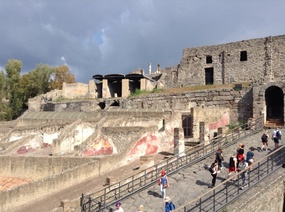
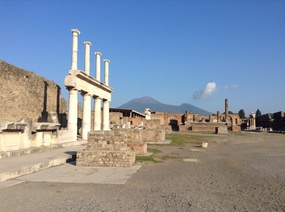


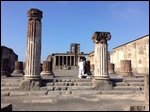
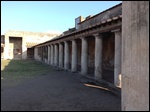
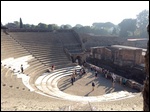
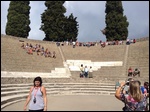
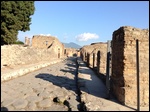
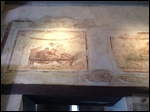
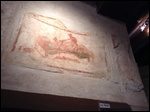
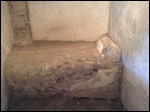
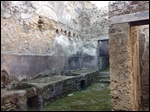
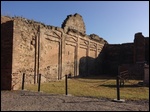
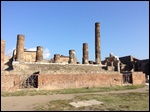
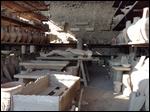
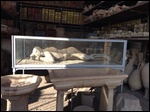
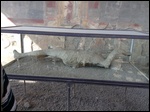
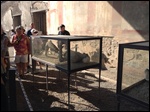
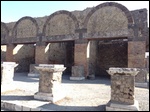
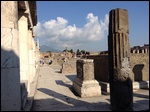
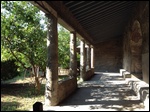
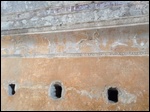
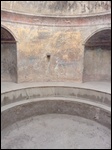
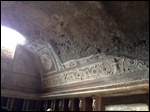
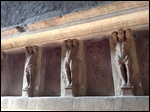
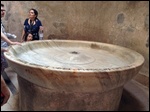
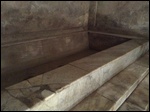
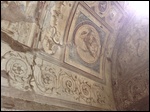
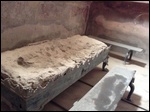
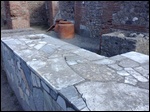
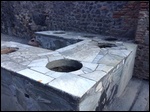
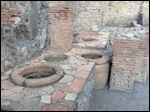
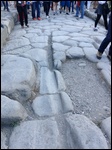
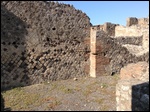
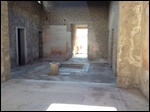
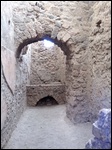
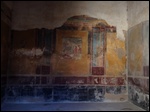
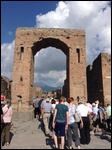
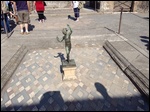
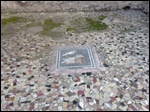
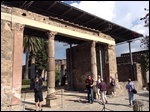
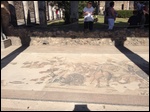
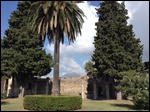
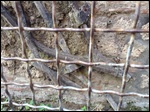
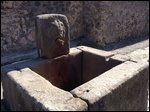
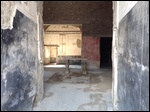
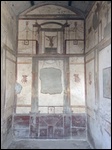

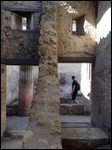
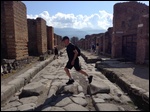
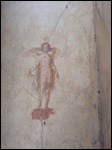
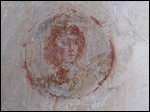
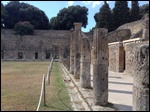
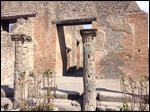
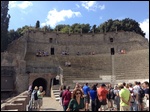
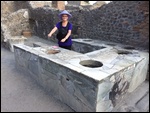
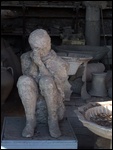
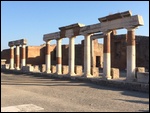
2025-05-23